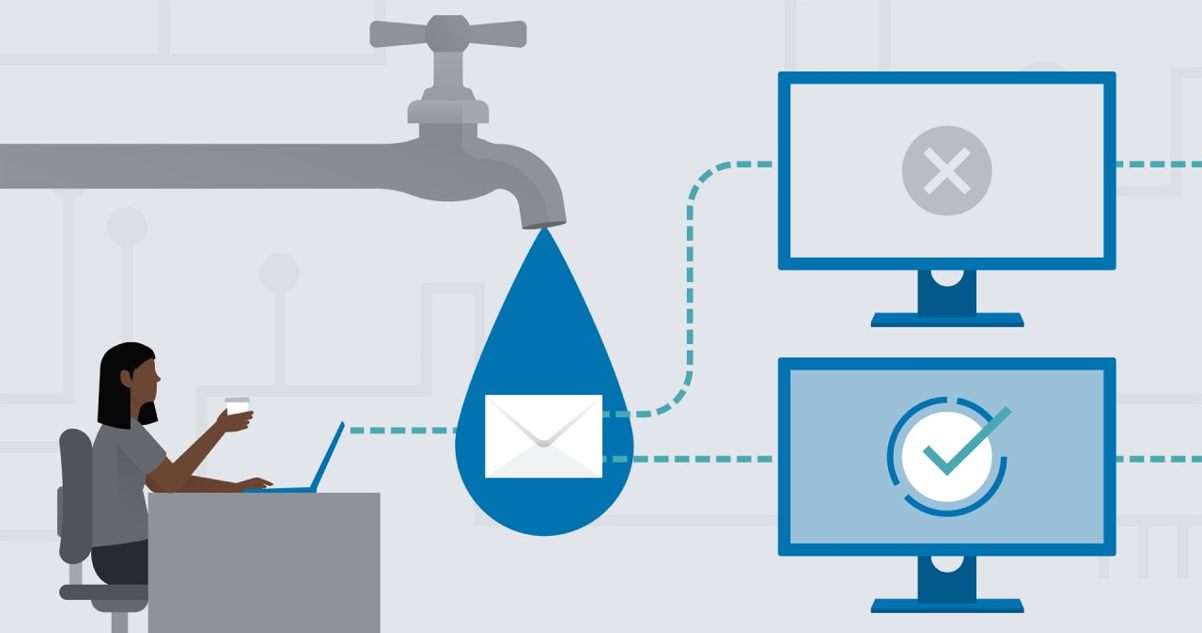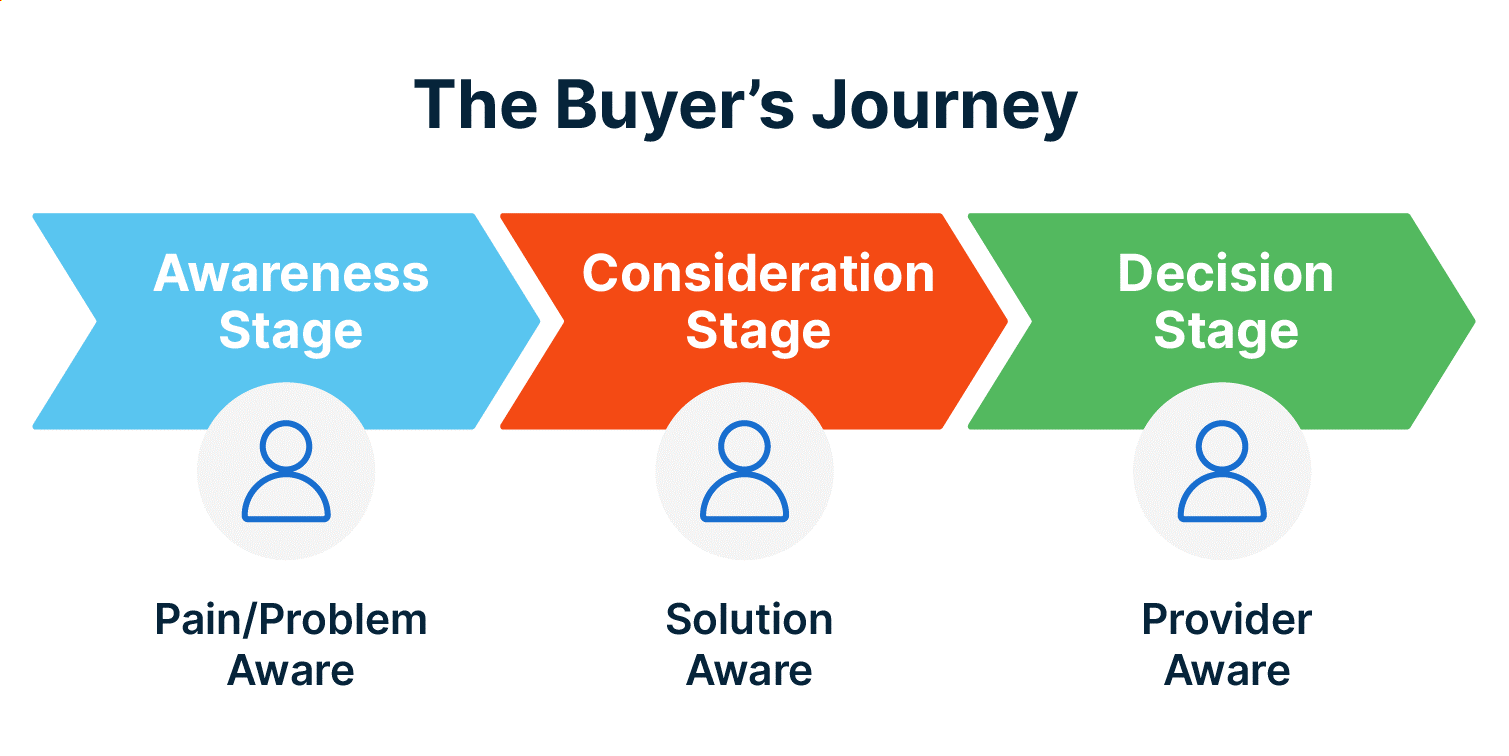The Drip-Feed Strategy: Nurturing B2B Leads with Purpose

Slow & Steady Wins the B2B Race
In today’s B2B environment, building trust is not a one-click affair. Complex buying cycles, multiple decision-makers, and evolving business needs make it essential to nurture leads intelligently and that’s where the drip-feed strategy becomes your strongest ally.
A drip-feed process refers to a series of scheduled, automated communications (typically emails) sent to leads over time. Unlike one-off campaigns, drip-feeding allows you to deliver the right message at the right time, matching the prospect’s stage in the sales funnel.
The drip-feed strategy isn’t about flooding inboxes. It’s about consistency, relevance, and relationship-building. When done right, it guides your prospects from cold leads to confident clients, one valuable message at a time.
Why Drip-Feed Strategy Works in B2B
Key Benefits of a B2B Drip-Feed Strategy

Best Practices for an Effective B2B Drip Campaign
1. Define Your Audience Segments.
Use firmographics (industry, company size, job role) and behavioural triggers (downloads, clicks) to personalize messaging.
2. Map Out the Buyer Journey.
Create content suited for each funnel stage:

3. Set Smart Triggers.
Trigger emails based on specific actions — like webinar attendance, whitepaper downloads, or website visits.
4. Focus on Value, Not Volume.
Each drip should answer a question, solve a problem, or provide a benefit — not just push a sale.
5. Monitor & Optimize.
Track open rates, CTRs, and conversions. Use A/B testing to improve subject lines, CTAs, and content.
Examples of Drip-Feed Campaigns in Action
Some powerful tools for B2B drip campaigns :
The drip-feed strategy is more than automation it’s about building meaningful, ongoing relationships with your prospects. When done right, it transforms passive interest into active engagement and qualified opportunities